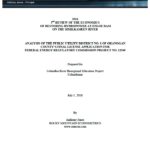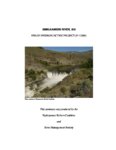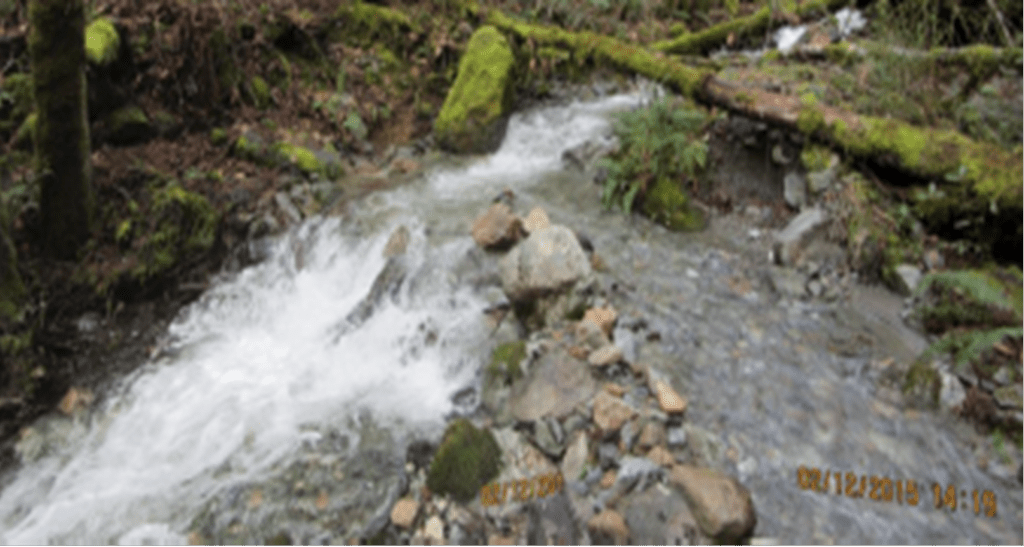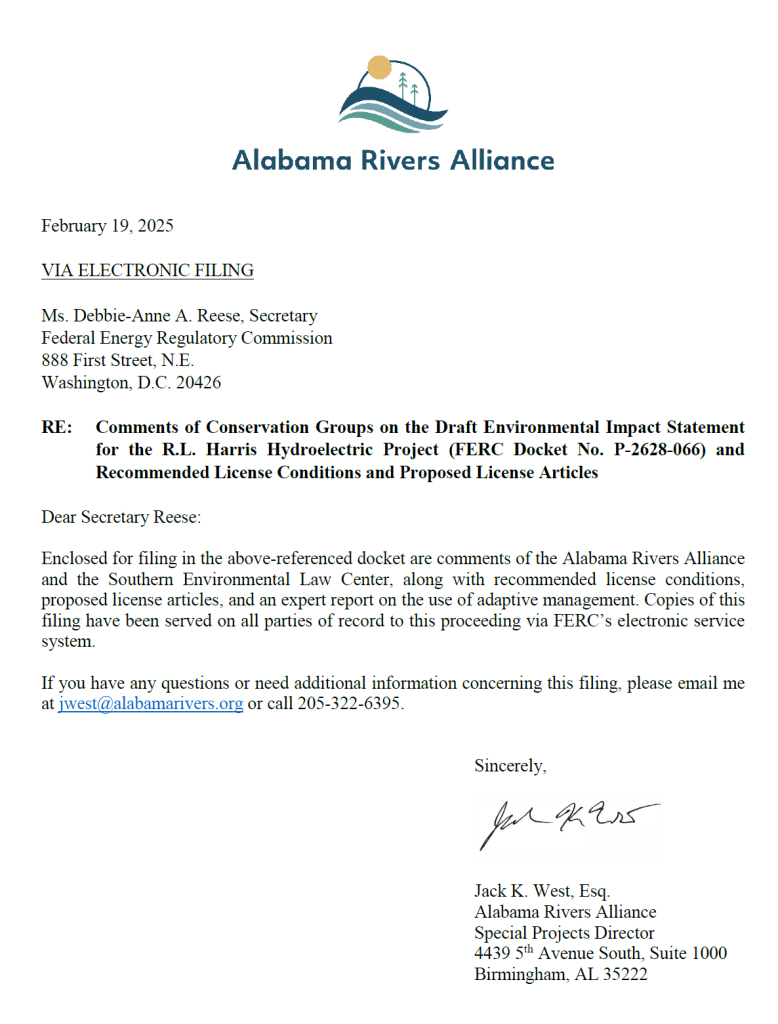Enloe
General information | |
| Current status | Active license, Non-operating |
| Type of facility | Conventional Hydro |
| Mode of hydropower generation | Run-of-river |
| Type of permit | Not Required |
| Year built | 1906 |
| Year retired | 1959 |
Ownership and operation | |
| Owner | Okanogan Public Utility District |
| Owner type | Public Utility |
Enloe Dam was originally constructed as a wooden crib dam in 1906 and reconstructed as a concrete structure costing $125,000 in the early 1920s. Enloe Dam operated from about 1920 to 1959. When cheaper power became available in 1959, PUD staff at the time decided the costs were no longer economical and ceased its operations. There have been a series of studies and licensing proposals since then for electrifying Enloe again (FERC P-2062, P-10536, and P-12569) as well as a proposed project upstream on Shanker’s Bend (FERC P-12804), but poor project economics have made these attempts unfeasible. In 2018 the PUD determined that total cost of energizing the 100-year-old facility would be $87.4 million, nearly three times the PUD’s original estimate and significantly more expensive than other power resources available to the PUD.
Removal of the dam and restoration of the river has long been discussed and is supported by members of the Hydropower Reform Coalition. The Reclamations Authorizations Act of 1976 directed the Secretary to undertake “measures necessary to provide fish passage and propagation in the Similkameen River” as part of development of the Oroville-Tonasket unit extension, Okanogan-Similkameen division, Chief Joseph Project. A 1977 Bureau of Reclamation study found that removal of Enloe Dam would be the preferred method for accomplishing the requirements of the Act.
Removal of the dam has the potential to benefit salmon and steelhead. Currently there is 189.9 km of accessible habitat for steelhead within the Okanogan River Basin (including British Columbia). By removing Enloe Dam, based upon habitat availability from the assessment conducted by Beak (1983), there would be an additional 548 km accessible for steelhead, an increase by 288%. During 2019, based upon PIT tag detections, 473 adult steelhead were estimated to return to the Okanogan River Basin of which 167 were natural-origin. During 2020, based upon PIT tag detections, 421 adult steelhead were estimated to return to the Okanogan River Basin of which 271 were natural-origin. Furthermore, Chinook salmon were recorded at the base of Enloe Dam (upriver of the falls), on August 2, 2020. Discharge during the time of filming was ~ 1,100 cfs.
In July 2022 the PUD passed a resolution supporting a process to evaluate potential dam removal. This marks a significant step in the five decades of active discussion over the ultimate fate of this dam.
Is there something you’d like to add or correct? Please let us know.
Related posts
- From Trout Unlimited 12/12/22
NOAA recommends an estimated $20M in funding for Trout Unlimited fish passage work - From California Trout 06/17/21
Big News for the Klamath! - From American Whitewater 08/18/18
Washington Dams With Fishery or Recreation Issues
News and updates
From California Sportfishing Protection Alliance2/25/2025
State Water Board Takes Action to Protect Klamath River Salmon and Steelhead
From Alabama Rivers Alliance2/21/2025
ARA and SELC submit comments for the R.L. Harris Dam relicensing on the Tallapoosa River








